
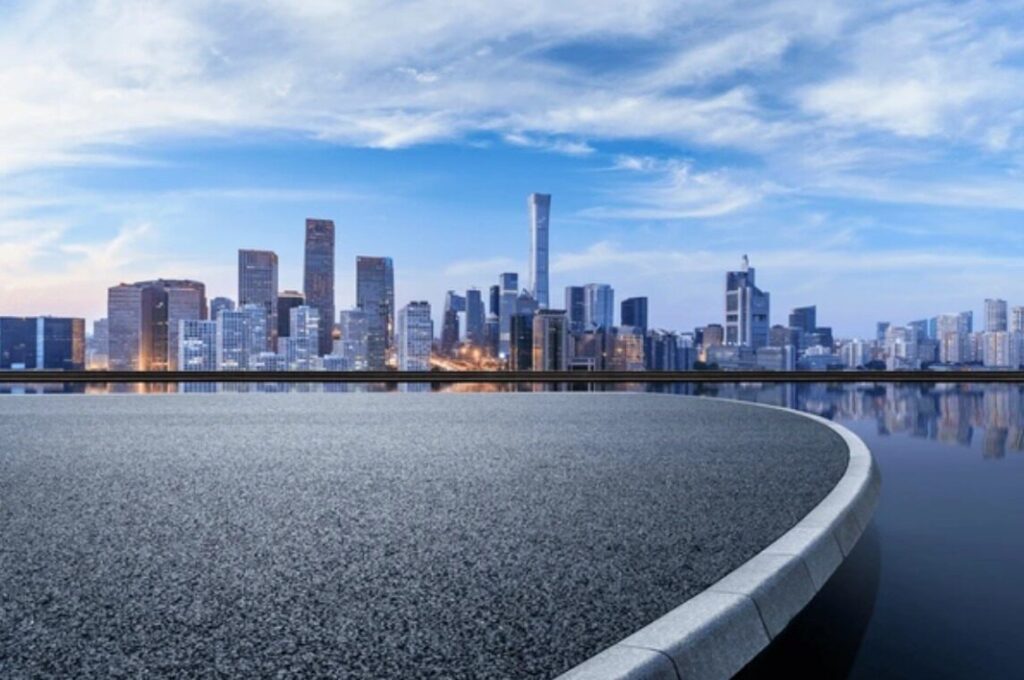
Beijing (北京市, Beijing): China’s Political, Cultural, and Environmental Leader City
1. City Overview
- Population: The Greater Metropolis population is estimated to be approximately 22.6 million in 2025. The city’s resident population (including districts) is about 21.9 million in 2025.
- Area: The city’s administrative area is approximately 16,410 km² (the urban FUA is about 5,536 km²).
- Language: Standard Chinese (Mandarin) is the official language, with Beijing dialect spoken as a street dialect. Minority languages like Manchu and Hui are also used.
- Religion: Various religions coexist, including Buddhism, Taoism, Islam, and Christianity, with active restoration efforts after the Cultural Revolution. Diverse religious events exist in this multi-ethnic society.
- Climate: Beijing has a North China continental climate and a temperate monsoon climate (Dfb). Summers are hot and humid, while winters are cold and dry (estimated average annual temperature of 11–13°C). Seasonal winds frequently cause smog, yellow dust, and winter fine dust problems.
2. History
- Ancient to Yuan, Ming, Qing Dynasties (~1911): Beijing grew into an important city from the Sui and Tang dynasties and was established as Dadu (大都), the capital of the Yuan Dynasty, in 1271. During the Ming and Qing dynasties, it became the political and cultural center, primarily around the Forbidden City.
- Establishment of Republic of China and People’s Republic of China (1912–1949): After the establishment of the Republic of China in 1912, it was temporarily a capital, maintaining its status as a key political city amidst revolutionary turmoil and war. The capital was later moved to Nanjing, and Beijing was called Beiping (北平).
- Modernization and Growth (1949–Present): After the establishment of the People’s Republic of China in 1949, Beijing’s status as a political center became fixed, and it experienced rapid growth. It was selected as an Olympic host city in 2001, leading to infrastructure reorganization and the promotion of an eco-friendly city vision. Its global standing was strengthened by hosting the 2008 Summer Olympics and the 2022 Winter Olympics.
3. Geography
- Location: Beijing is located in the northern part of the North China Plain, serving as the central political and administrative hub of China. Its western, northern, and northeastern parts are mountainous, while the plains are in the east and south.
- Boundaries: Beijing is surrounded by Hebei Province and Tianjin Municipality.
- Economic Zone: Beijing City is the central city of the large Jing-Jin-Ji (Jing-Jin-Ji) economic zone.
- Administrative Divisions: It is divided into 16 districts (including urban, suburban, and rural areas). Key administrative districts include Chaoyang District (朝陽區) and Haidian District (海淀區); Chaoyang District includes core areas such as embassies, the CBD, and Olympic Park.
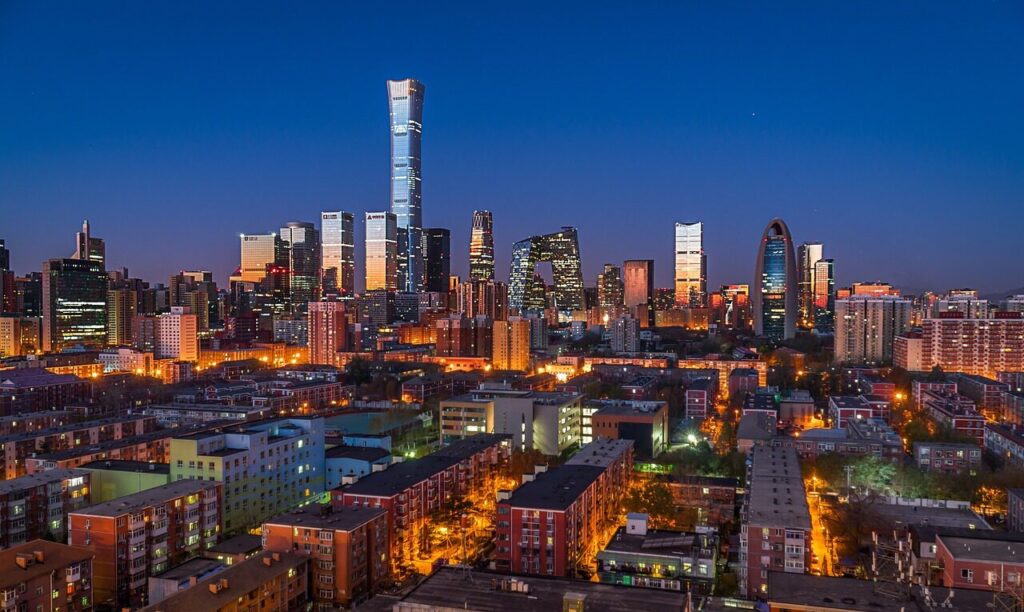
4. Culture
- Heritage Density: Beijing boasts 8 UNESCO World Heritage sites, including the Forbidden City, Summer Palace, Temple of Heaven, and the Great Wall.
- Traditional Culture: It maintains traditions such as Siheyuan (courtyard houses), Hutongs, Tai Chi, and Wangfujing street food culture. Beijing Opera, imperial court music, and traditional arts are rich, and cultural heritage sites like the Forbidden City and Summer Palace are preserved.
- Contemporary Art: Zhongguancun is a hub for IT and arts, with various art festivals and contemporary music concerts. Modern areas like the 798 Art Zone and Sanlitun coexist with diverse foreign culinary cultures.
5. Environment and Urban Sustainability
- Environmental Challenges: Due to its geographical environment and microclimate, air pollution and smog are significant challenges, including yellow dust, heating, and vehicle emissions.
- Renewable Energy: In 2025, China’s renewable energy share is projected to exceed 10% of the national GDP.
- Eco-friendly Infrastructure: Beijing is building eco-friendly infrastructure such as Daxing Airport’s geothermal heating/cooling, Universal Beijing Resort’s solar and wind power systems, and green hotel certifications.
- Low-carbon Policies: Policies like “zero-energy buildings” and LED lighting conversion are expanding.
- Challenges: Seasonal winds, topography, and urban expansion pose challenges.
- Response Measures: Efforts include vehicle emission regulations, expansion of green spaces by 6,000 km², and implementation of smart environmental monitoring.
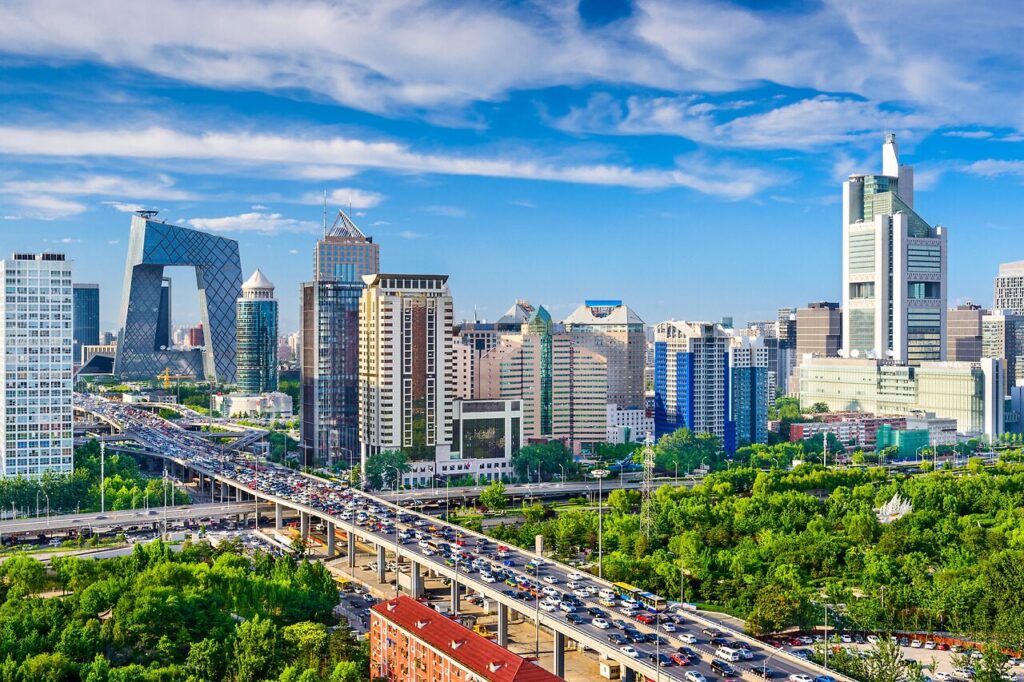
6. Economy
- Economic Scale: Beijing’s urban GDP per capita is projected to be approximately $44,000 in 2025. It contributes over 20% of China’s GDP and has been named the “world’s billionaire capital”.
- Industrial Structure: The tertiary industry accounts for 76.9% of the economy, with a focus on finance, IT, media, education, and R&D. It is a core axis of the nearby Jing-Jin-Ji economic zone.
- Financial and Corporate Hub: Beijing is home to the four major state-owned commercial banks and the headquarters of 54 Global 500 companies.
- Government Support: The government is focusing policy support on clean energy, electric vehicles, and battery industries.
- Innovation Hub: Zhongguancun serves as a center for science, technology, and startups.
- Transportation Infrastructure: It boasts the world’s longest (4th largest) subway network and operates two airports.
7. Key Locations
- Political and Historical Landmarks
- Forbidden City, Tiananmen Square, Summer Palace: Symbols of the Ming and Qing dynasties and the Communist regime.
- Olympic Park and National Stadium (Bird’s Nest): Central facilities for the 2008 opening and closing ceremonies.
- Great Wall (Badaling, etc.), Yonghe Temple (Lama Temple), Ming Tombs.
- Modern Commercial and Cultural Spaces
- The 417m supertall ‘China Zun’ building is at the center of the CBD.
- 798 Art Zone, Zhongguancun, Chaoyang Embassy Area, Sanlitun: Cultural and dining centers.
- Wangfujing Shopping Street, National Centre for the Performing Arts.
- Transportation Infrastructure
- Beijing Capital International Airport and Daxing International Airport, over 30 extensive subway lines.
- High-speed rail between the city center and airports, and a well-developed highway network.
- Green Spaces and Recreation
- Beihai Park, Zhongnanhai, parks around Thai Golf Course, and a Smart Greenbelt.
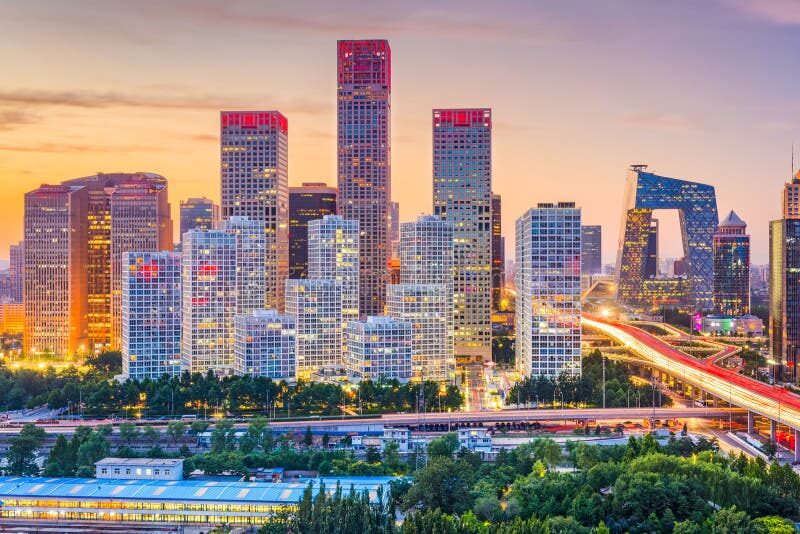
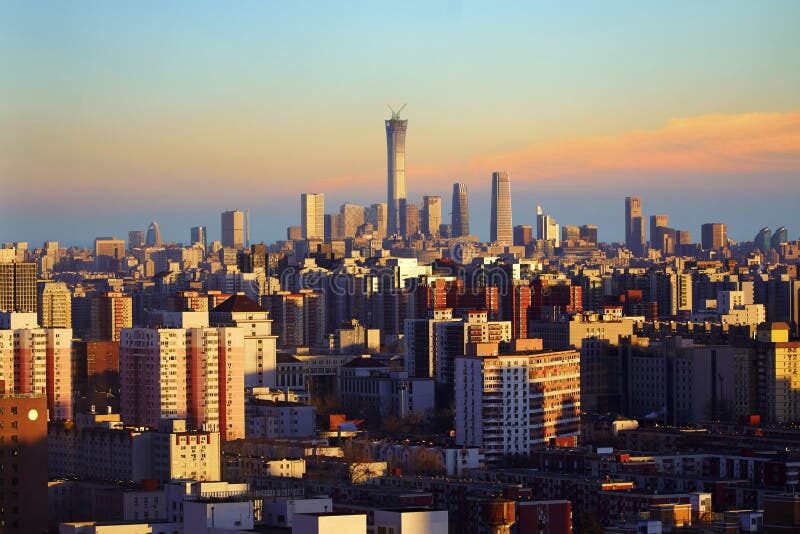
8. Conclusion
Beijing has positioned itself as a millennium-old political and cultural center while simultaneously developing its innovation, environmental, and economic capabilities as a global megacity.
- Strengths: Rich historical and cultural heritage, global economic, political, and cultural infrastructure, advanced transportation network, clean energy policies, and a focus on high-value R&D sectors.
- Challenges: High air pollution, urban overcrowding, traffic congestion, environmental management amidst urban expansion, and sustainable energy transition.
- Future Strategy: Future strategies include strengthening vehicle and factory emission regulations and expanding public transportation to accelerate the transition to a low-carbon city. It also involves intelligent environmental monitoring and expanding green spaces/urban forests, strengthening smart transportation and infrastructure systems. Maintaining a balance between historical and cultural preservation and new city development is crucial. Furthermore, it aims to strengthen its role as a global innovation hub by attracting international companies and achieving balanced development through integration with the nearby Jing-Jin-Ji region.
